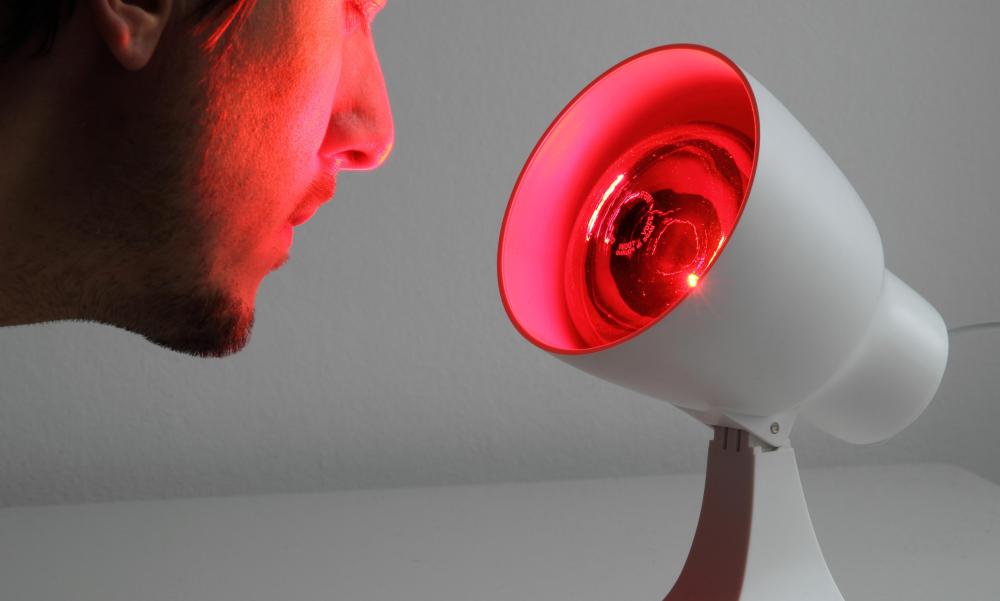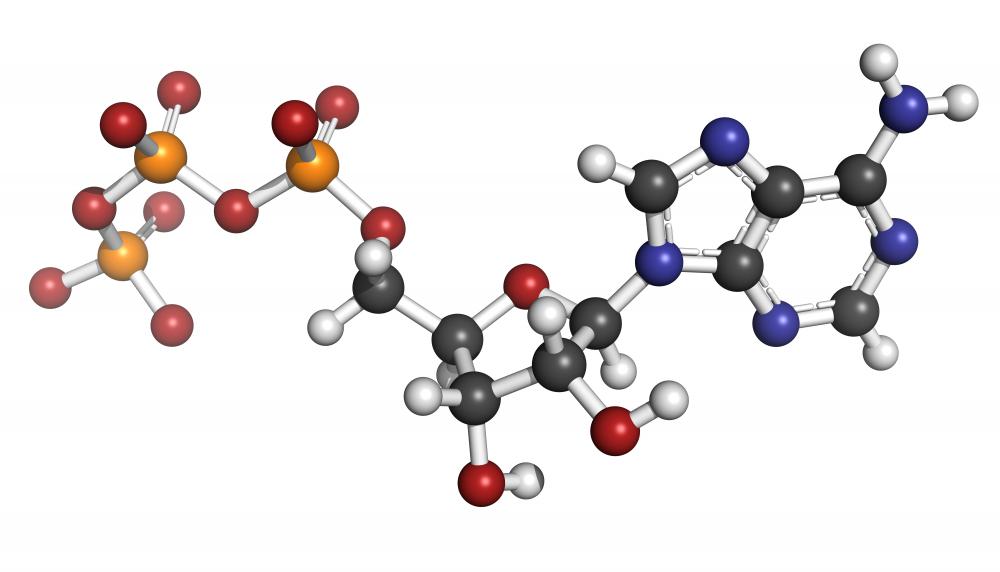At TheHealthBoard, we're committed to delivering accurate, trustworthy information. Our expert-authored content is rigorously fact-checked and sourced from credible authorities. Discover how we uphold the highest standards in providing you with reliable knowledge.
What is the Relationship Between ATP and Mitochondria?
ATP and mitochondria are both essential to the functioning of human cells. The body uses adenosine triphosphate (ATP) for energy, and the mitochondria are the organelles where energy is produced in each of these cells. Specifically, ATP is made in the folds of the inner membrane of the mitochondrion. The more folds, or cristae, the mitochnodrion membrane has, the more ATP it can produce.
Every eukaryotic cell has one or more mitochondria depending on the cell's purpose and how much energy the cell generally needs to function. Each mitochondrion has a smooth outer membrane and a highly folded inner membrane. The inner membrane holds the electron transport chain used in cellular respiration. Cellular respiration is the process that changes chemical energy stored in food into energy that can be used in the body, namely ATP.

In humans, the electron transport chain is the final step in aerobic cellular respiration. An excited electron is passed down a chain of proteins embedded in the inner membrane of a mitochondrion. At each protein, some energy is released and that energy is used to put an additional phosphate group on to adenosine diphosphate (ADP) to make one ATP molecule. The electron transport chain can produce up to 34 ATP molecules per cycle depending on the type of cell and environmental conditions.

The quantity of ATP and mitochondria within a cell depends on its function. Cells that require more energy, such as muscle cells, tend to have more mitochondria than some other cells. Also, these mitochondria have more cristae. Since the cristae are the locations for the electron transport chains, cells with more mitochondria and more cristae can produce more ATP. Changes in acidity or temperature of the environment can cause the proteins that make up the mitochondria inner membrane to unfold and the cell may lose some of its ability to produce ATP.

The production of ATP in the mitochondria also depends on the presence of oxygen. Oxygen is the final electron acceptor in the electron transport chain. If there is not enough oxygen available, the electron transport chain backs up and will not function in ATP production. Most organisms undergo fermentation in this case to make a minimal amount of ATP to continue regular body functions. Prolonged periods without enough oxygen can cause permanent damage to various body parts due to lack of energy.

ATP releases energy by breaking a bond that holds one of the three phosphate groups to the adenosine. Each of those bonds holds a large amount of energy that can be used by the body. If a phosphate group is released, the ATP becomes an ADP molecule. One more phosphate group may be broken off to make adenosine monophosphate (AMP). The AMP can acquire a phosphate group to make ADP, and if another phosphate group is added using energy from the electron transport chain in the mitochondria, it becomes ATP once again.
AS FEATURED ON:
AS FEATURED ON:















Discuss this Article
Post your comments